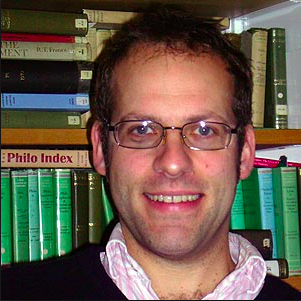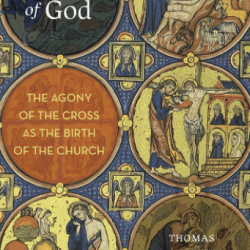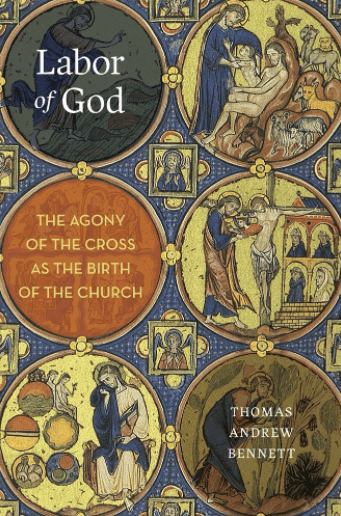When I was a seminary student the atonement battle, as we were taught it, was between CH Dodd, who turned propitiation (the wrath of God pacified) into expiation (the sin of humans removed), and LL Morris, whose dissertation was published and republished and republished as The Apostolic Preaching of the Cross. Morris was a strong defender of propitiation and the atonement as an act in which God offered a substitutionary sacrifice that absorbed the punishment due to humans. Leon Morris’ work was then recaptured in John Stott’s The Cross of Christ. This atonement theory is at the core of how many evangelicals understand the gospel itself. I have myself weighed in on this debate with some elbowing for expanding our view of the atonement so that one metaphor does not dominate the whole show.
Recently Al Mohler told the story of how this same debate was at work among the Southern Baptists with different personalities and that defending penal substitution was part of the conservative resurgence. Three major thinkers were Theodore Clark, Frank Stagg and Fisher Humphreys:
In its earliest phase, modern theological liberalism developed open antipathy to the substitutionary nature of the atonement. Theologians such as Friedrich Schleiermacher, the father of theological liberalism, rejected the claim that the death of Christ is substitutionary or vicarious. Christ did not die in the place of sinners, bearing the wrath of a righteous God, Schleiermacher insisted. Instead, Christ’s death and resurrection demonstrated God’s love so that human beings might rightly love him. Albrecht Ritschl proposed a similar form of the moral influence theory of the atonement—Christ died as a revelation of the depth of God’s love toward sinners.
As theological liberalism spread to the United States, the Protestant liberals of the nineteenth and twentieth centuries adopted the German model, rejecting any substitutionary or vicarious understanding of the atonement and proposing variations of the moral influence theory. Others, following the pattern set by Rudolf Bultmann, proposed existentialist understandings of the cross and resurrection. Most of the adherents to these theories denied the wrath of God against sinners at the cross, which was presented as a political act with a great moral lesson. Many of them denied as mere myth the historical reality of the bodily resurrection of Christ.
While the vast majority of Southern Baptists resisted the temptation to revise the faith in order to meet the demands of the modern liberal worldview, some within the Southern Baptist academy were doing their best to shift the denomination to a more liberal position. Ground zero for this effort was New Orleans Baptist Theological Seminary. The seminary in New Orleans was by no means the most liberal of the Southern Baptist seminaries, but its faculty included a trio of professors who attempted to shift Southern Baptists away from the advocacy of penal substitutionary atonement. These three men, over the course of three successive generations, influenced a host of young seminarians and many pastors beyond the seminary’s campus….
Most students studying in Southern Baptist seminaries today would likely be shocked to know that these issues had ever been the focus of debate within the Southern Baptist Convention. But they were. As Baptist historian Jason Duesing has noted, the Humphreys/Patterson debate at New Orleans in 1987 reminds us that “the primary motivation and the occasion for a conservative movement were rooted in real and crucial theological concerns.”
There were indeed real and crucial theological concerns. And, by no coincidence, crucial refers to the cross. As these examples reveal, the debate over the atonement is not new—even within the Southern Baptist Convention. This debate has stretched well beyond the SBC as theologians continue to defend or deny the meaning of the cross, specifically its penal substitutionary nature. The Conservative Resurgence in the SBC sought a theological recovery in the denomination and a rejection of the inroads that theological liberalism had made within its schools. A denial of penal substitution was the goad; the goal was its recovery as the Bible’s central message about the cross of Christ.
At stake was the New Testament’s central concern in revealing a theology of the cross: “For I delivered to you as of first importance what I also received: that Christ died for our sins in accordance with the Scriptures, that he was buried, that he was raised on the third day in accordance with the Scriptures” (1 Cor 15:3-4). At stake is the Gospel of Jesus Christ, the central message of the Scriptures, whenever the penal substitution accomplished by him is questioned, much less denied.










